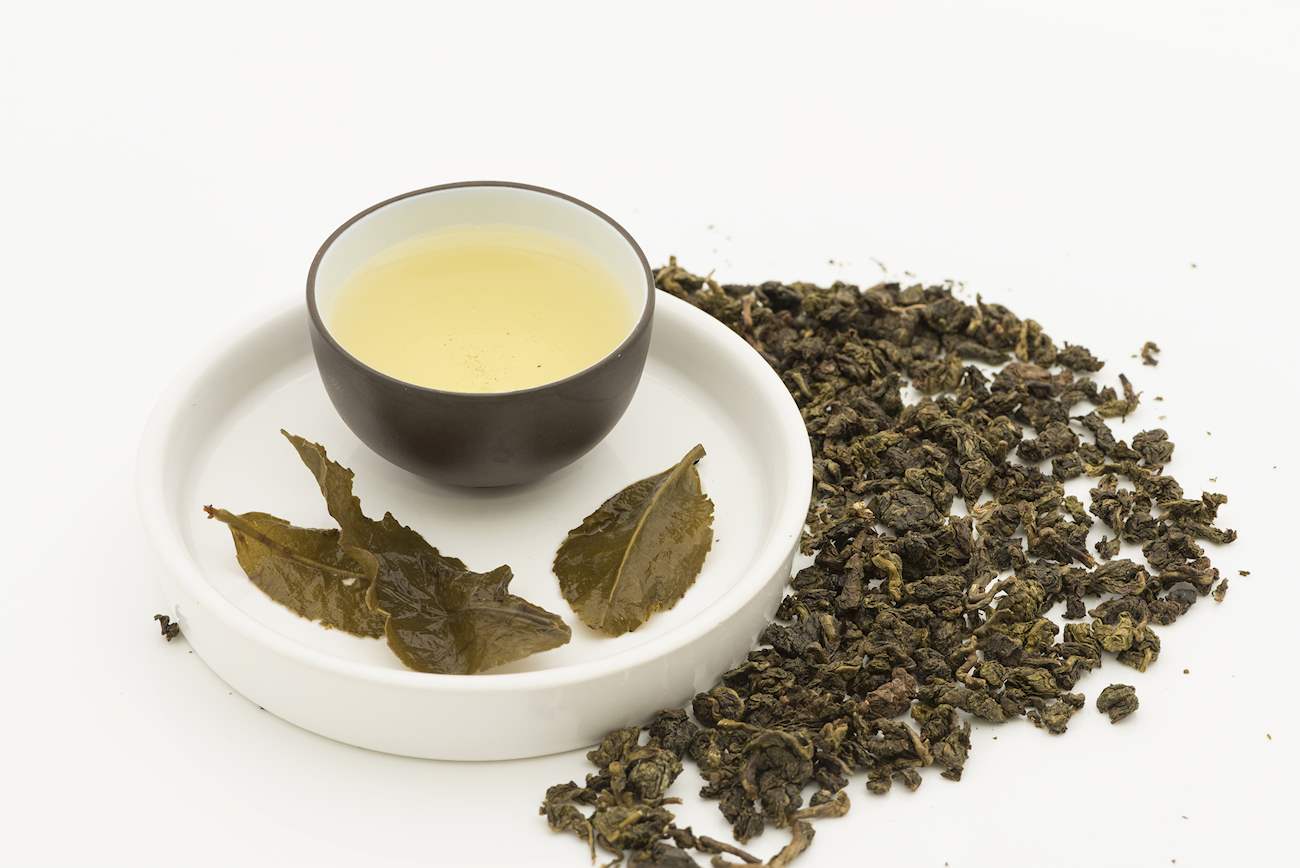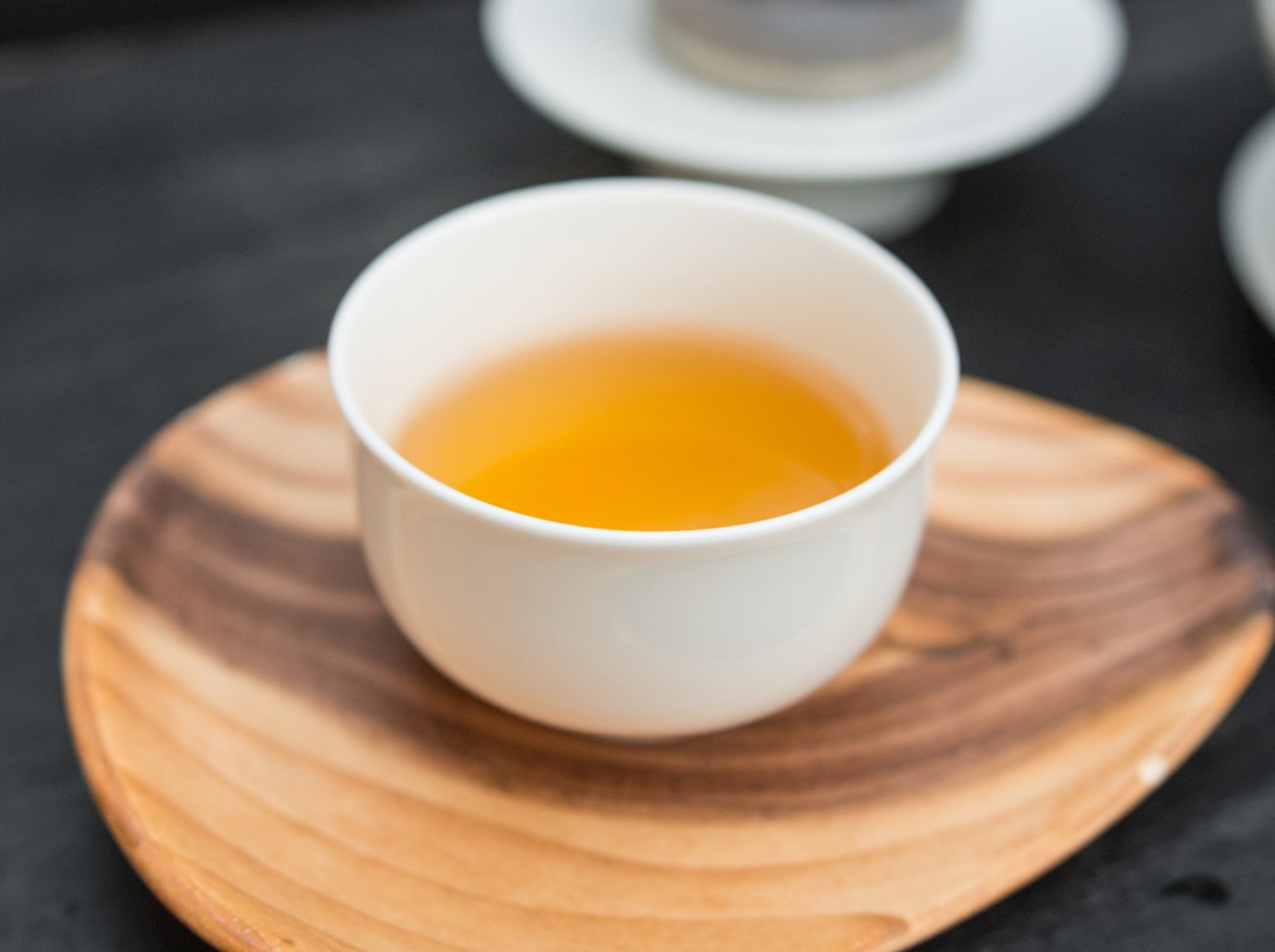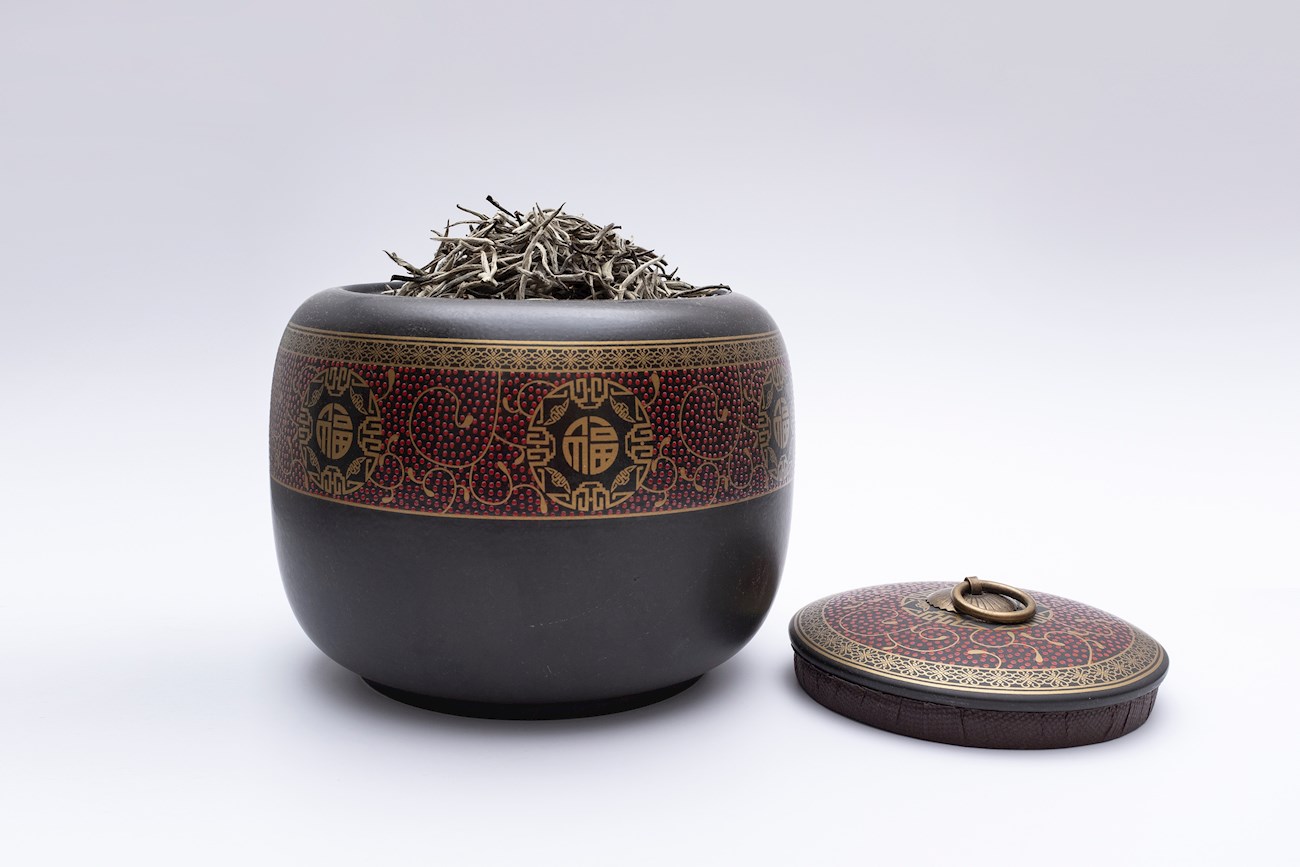White tea (Bai cha)
(White tea, Báichá, 白茶)
White tea is a category of Chinese tea that has a somewhat vague classification. Still, it is generally considered that this variety is lighter in color and has a more delicate flavor than green or black tea varieties. Although there are several variations, white tea is harvested from the tea plant (Camellia sinensis) when the tea leaves are not fully opened, and the buds are covered in tender white hairs—a trait that gave the tea its name.
Usually, white tea is non-oxidized, or it is just lightly oxidized, which helps to preserve its delicate character. When brewed, the tea is usually subtly sweet with a light straw color and subtle aromas and flavors that are often reminiscent of flowers, fruit, honey, vanilla, herbs, or citrus fruit.
Although it is not certain, it is believed that white tea originated in Fujian, a region where the most popular Chinese white tea (Silver Needle) is still produced. Because it is hand-picked and time-consuming to produce, white tea is usually more expensive than green or black tea varieties.
White tea should never be served with rich and spicy dishes. Its subtle and soft character is best appreciated with mild cheese varieties, subtly-sweet desserts, light salads, and fish dishes, or it can just be sipped before the meal or between the courses.
Best White tea (Bai cha)




